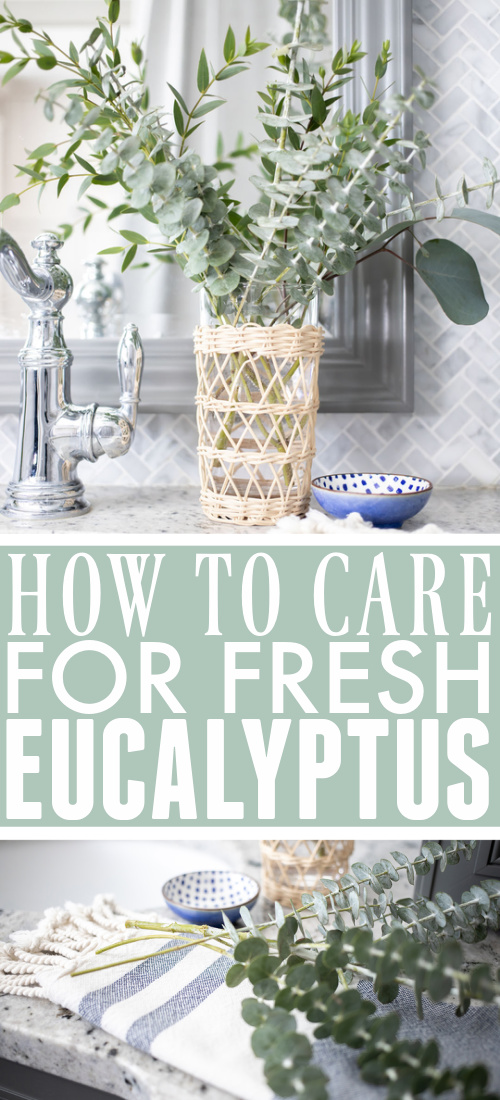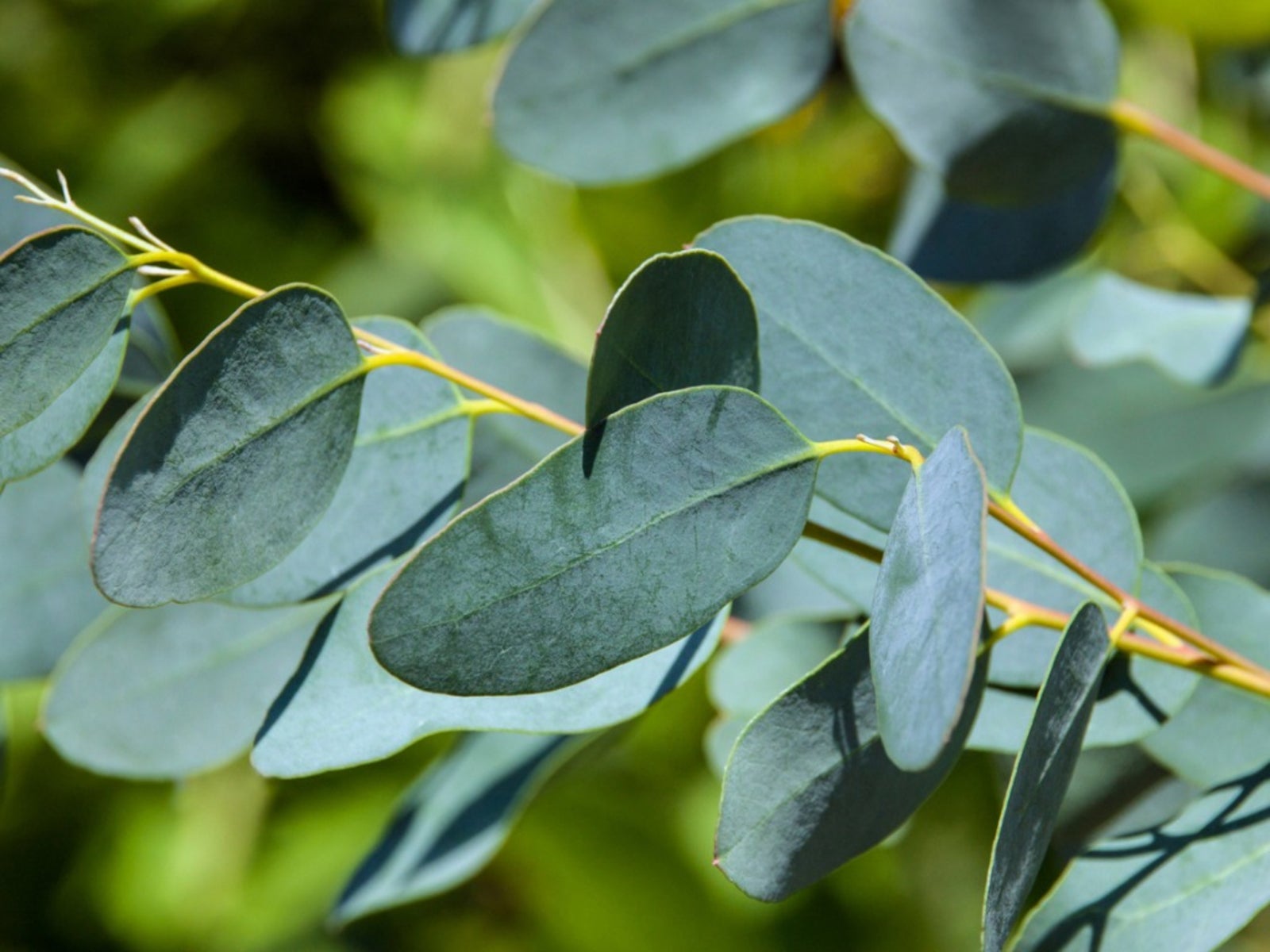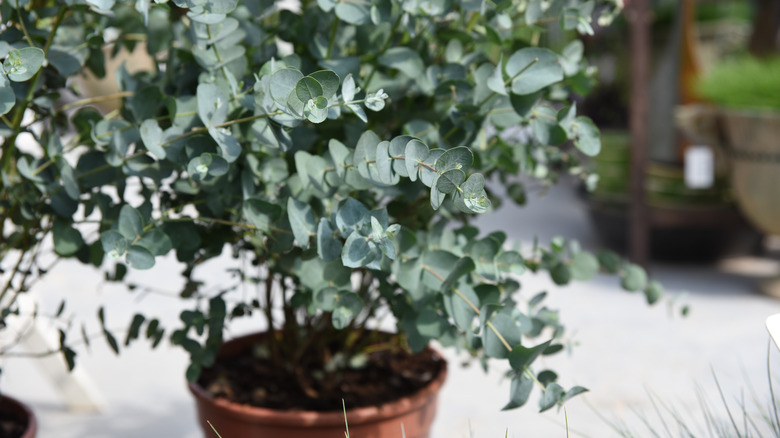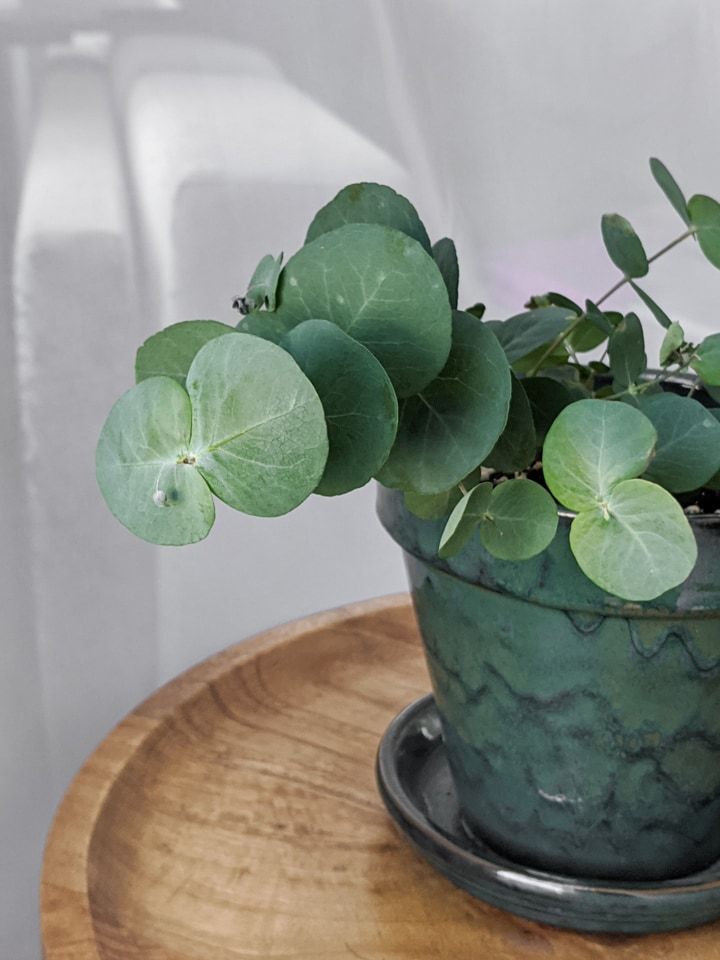Unlocking the Secrets to a Thriving Eucalyptus Plant
Eucalyptus plants have become increasingly popular in recent years due to their unique characteristics and benefits. Not only do they add a touch of freshness and aroma to any space, but they also possess numerous health benefits, including decongestant and anti-inflammatory properties. However, to maintain the freshness and aroma of your eucalyptus plant, it’s essential to provide it with the right care. Learning how to care for a eucalyptus plant is crucial to ensure its longevity and promote healthy growth.
With over 700 species of eucalyptus, it’s no wonder that these plants have become a staple in many gardens and indoor spaces. From their silvery-green leaves to their fragrant aroma, eucalyptus plants are a popular choice among plant enthusiasts. However, their delicate nature requires specific care and attention to thrive. By understanding the needs of your eucalyptus plant, you can create an environment that fosters healthy growth and promotes its unique characteristics.
Proper care for a eucalyptus plant involves more than just watering and fertilizing. It requires attention to temperature, humidity, and light conditions, as well as regular pruning and grooming. By providing your eucalyptus plant with the right conditions and care, you can enjoy its benefits for years to come. In this article, we’ll delve into the world of eucalyptus plant care, exploring the best practices for maintaining a thriving and healthy plant.
Whether you’re a seasoned plant enthusiast or a beginner, learning how to care for a eucalyptus plant is a rewarding experience that can bring numerous benefits to your life. From improving air quality to promoting relaxation, eucalyptus plants are a valuable addition to any space. By following the tips and guidelines outlined in this article, you’ll be well on your way to becoming a eucalyptus plant expert and enjoying the many benefits that these plants have to offer.
Choosing the Right Environment for Your Eucalyptus
When it comes to creating an ideal environment for your eucalyptus plant, temperature, humidity, and light conditions are crucial factors to consider. Eucalyptus plants prefer temperatures between 65°F to 75°F (18°C to 24°C), making them suitable for indoor spaces with a consistent temperature. However, they can also thrive outdoors in warmer climates, provided they are protected from extreme temperatures and frost.
Humidity is another essential factor to consider when caring for your eucalyptus plant. These plants prefer a relatively low humidity environment, ranging from 40% to 60%. To maintain the optimal humidity level, you can use a humidifier or group plants together to create a microclimate. Avoid placing your eucalyptus plant in areas with high humidity, such as bathrooms or kitchens, as this can lead to root rot and other problems.
Light conditions are also vital for the health and well-being of your eucalyptus plant. These plants prefer bright, indirect light, making them suitable for east- or west-facing windows. Avoid placing your eucalyptus plant in direct sunlight, as this can cause the leaves to become scorched and the plant to become stressed. If you’re growing your eucalyptus plant outdoors, choose a location with partial shade, especially during the hottest part of the day.
In addition to temperature, humidity, and light conditions, it’s essential to consider the air circulation around your eucalyptus plant. Good air circulation helps to prevent fungal diseases and promotes healthy growth. To ensure good air circulation, keep your eucalyptus plant at least 6-8 inches away from any walls or other plants.
By providing your eucalyptus plant with the right environment, you’ll be well on your way to creating a thriving and healthy plant. Remember to monitor your plant’s response to its environment and make adjustments as necessary. With the right care and attention, your eucalyptus plant will reward you with its fresh aroma and beautiful foliage.
Watering Your Eucalyptus: Finding the Perfect Balance
Watering is a crucial aspect of how to care for a eucalyptus plant. These plants prefer well-draining soil and should be watered carefully to avoid overwatering. Overwatering can lead to root rot, which can be fatal to the plant. On the other hand, underwatering can cause the leaves to become dry and brittle.
To determine the optimal watering schedule for your eucalyptus plant, check the soil moisture by inserting your finger into the soil up to the first knuckle. If the soil feels dry, it’s time to water. Water your eucalyptus plant thoroughly, making sure the pot drains well to prevent waterlogged soil.
The frequency of watering will depend on the climate, soil type, and pot size. As a general rule, water your eucalyptus plant when the top 1-2 inches of soil feels dry. In hot and dry climates, you may need to water more frequently, while in cooler and more humid climates, you may need to water less often.
It’s also important to avoid getting water on the leaves or crown of the plant, as this can cause fungal diseases. Instead, water at the soil level, making sure the pot drains well to prevent water from accumulating in the soil.
In addition to watering, you can also use a moisture meter to monitor the soil moisture levels. This can be especially helpful if you’re new to caring for eucalyptus plants or if you’re unsure about the optimal watering schedule.
By finding the perfect balance of watering, you can help your eucalyptus plant thrive and maintain its freshness and aroma. Remember to monitor your plant’s response to watering and adjust your schedule as needed.
Fertilizing for Optimal Growth and Health
Fertilization is an essential aspect of how to care for a eucalyptus plant. Eucalyptus plants require a balanced diet of nutrients to promote healthy growth and development. A well-balanced fertilizer will provide your eucalyptus plant with the necessary nutrients to thrive.
When selecting a fertilizer for your eucalyptus plant, look for a balanced formula that contains equal amounts of nitrogen, phosphorus, and potassium (NPK). A 20-20-20 formula is a good starting point. You can also consider using a fertilizer that is specifically formulated for eucalyptus plants or Australian native plants.
Apply the fertilizer according to the manufacturer’s instructions, taking care not to overfertilize. Overfertilization can damage the roots and leaves of your eucalyptus plant, so it’s essential to follow the recommended application rates.
In addition to using a balanced fertilizer, you can also consider using organic matter such as compost or manure to enrich the soil. Organic matter will help to improve the soil structure, increase the nutrient availability, and support the growth of beneficial microorganisms.
It’s also important to note that eucalyptus plants have different nutrient requirements at different stages of their growth. For example, young eucalyptus plants require more nitrogen to promote leaf growth, while mature plants require more phosphorus to promote root development.
By providing your eucalyptus plant with the right nutrients, you can promote healthy growth and development, and help to maintain its freshness and aroma. Remember to fertilize your eucalyptus plant regularly, but avoid overfertilizing, as this can cause more harm than good.
Pruning and Grooming: Maintaining Shape and Promoting New Growth
Pruning and grooming are essential aspects of how to care for a eucalyptus plant. Regular pruning helps to maintain the shape and size of the plant, promotes new growth, and encourages the development of a strong root system.
To prune your eucalyptus plant, start by removing any dead or damaged leaves or branches. This will help to prevent the spread of disease and encourage healthy growth. Next, use a pair of sharp, clean pruning shears to cut back any overgrown branches or stems.
When pruning, make sure to cut just above a node (the point where a leaf meets the stem). This will help the plant to heal quickly and reduce the risk of infection. You can also use pruning to shape your eucalyptus plant and encourage it to grow in a particular direction.
In addition to pruning, regular grooming is also important for maintaining the health and appearance of your eucalyptus plant. Grooming involves removing any debris or dead leaves from the plant, and can help to prevent the spread of disease.
To groom your eucalyptus plant, simply remove any dead or damaged leaves or debris from the plant. You can also use a soft-bristled brush to gently remove any dust or dirt from the leaves.
By pruning and grooming your eucalyptus plant regularly, you can help to maintain its shape and size, promote new growth, and encourage the development of a strong root system. This will help to keep your plant healthy and thriving, and ensure that it continues to provide you with fresh, fragrant leaves for years to come.
Pest Control and Common Problems: Identifying and Solving Issues
Eucalyptus plants are generally hardy and resistant to pests and diseases, but they can still be affected by common issues. To keep your eucalyptus plant healthy and thriving, it’s essential to identify and address any problems promptly.
One of the most common pests that can affect eucalyptus plants is spider mites. These tiny, spider-like insects can cause yellowing leaves and fine webbing on the plant. To control spider mites, use a gentle insecticidal soap or neem oil, and make sure to spray the undersides of the leaves.
Mealybugs are another common pest that can affect eucalyptus plants. These small, white insects can cause stunted growth and yellowing leaves. To control mealybugs, use a systemic insecticide or insecticidal soap, and make sure to treat the entire plant.
Root rot is a common problem that can affect eucalyptus plants, especially if the soil is too wet or waterlogged. To prevent root rot, make sure to water your eucalyptus plant carefully, and avoid getting water on the leaves or crown of the plant.
In addition to pests and diseases, eucalyptus plants can also be affected by environmental factors such as temperature fluctuations, humidity, and light. To keep your eucalyptus plant healthy and thriving, make sure to provide it with the right environment, including bright, indirect light and moderate temperatures.
By identifying and addressing common problems promptly, you can help to keep your eucalyptus plant healthy and thriving. Remember to monitor your plant regularly, and take action quickly if you notice any signs of pests or diseases.
Propagation and Repotting: Expanding Your Eucalyptus Collection
Propagation is a great way to expand your eucalyptus collection and share plants with friends and family. There are two main methods of propagation: seed and cutting.
Seed propagation involves sowing eucalyptus seeds in a seed tray or small pots. Make sure the soil is moist and warm, and keep the seeds in a bright, sunny location. It can take several weeks for the seeds to germinate, but with proper care, you should see seedlings emerge.
Cutting propagation involves taking cuttings from a mature eucalyptus plant and rooting them in water or soil. Take 3-4 inch cuttings from the tips of the branches, remove lower leaves, and place them in a glass of water or a pot of moist soil. Keep the cuttings in a bright, sunny location and change the water or soil regularly.
Repotting is also an essential part of eucalyptus plant care. As your plant grows, it will need to be transplanted into a larger pot to accommodate its increasing size. Choose a pot that is only slightly larger than the previous one, and use a well-draining potting mix to prevent waterlogged soil.
When repotting, gently remove the plant from its pot and inspect the roots. If the roots are circling or growing out of the pot, gently tease them apart with your fingers or a blunt instrument. Place the plant in its new pot, and add fresh potting mix around the roots.
By propagating and repotting your eucalyptus plant, you can keep it healthy and thriving, and expand your collection of these beautiful and fragrant plants.
Troubleshooting Common Issues: Expert Advice for a Thriving Eucalyptus
Despite proper care, eucalyptus plants can still encounter issues that affect their health and appearance. In this section, we’ll provide expert advice on how to troubleshoot common problems and offer actionable tips and solutions to help you overcome these challenges.
Yellowing leaves are a common issue in eucalyptus plants, and can be caused by a variety of factors, including overwatering, underwatering, and nutrient deficiencies. To address yellowing leaves, check the soil moisture and adjust your watering schedule accordingly. You can also fertilize your plant with a balanced fertilizer to provide essential nutrients.
Droopy stems can be caused by a lack of light, inadequate watering, or root bound conditions. To address droopy stems, ensure your plant is receiving sufficient light, and adjust your watering schedule to provide the right amount of moisture. You can also consider repotting your plant into a larger container to provide more room for the roots to grow.
Slow growth can be caused by a variety of factors, including inadequate light, poor soil quality, and lack of fertilization. To address slow growth, ensure your plant is receiving sufficient light, and fertilize your plant with a balanced fertilizer to provide essential nutrients. You can also consider pruning your plant to promote new growth and encourage a fuller shape.
By following these expert tips and solutions, you can troubleshoot common issues with your eucalyptus plant and help it thrive. Remember to monitor your plant regularly, and take action quickly if you notice any signs of problems.



/eucalyptus-pauciflora-subsp-niphophila-snow-gum-126561695-5888fbb55f9b5874ee75c907.jpg)



